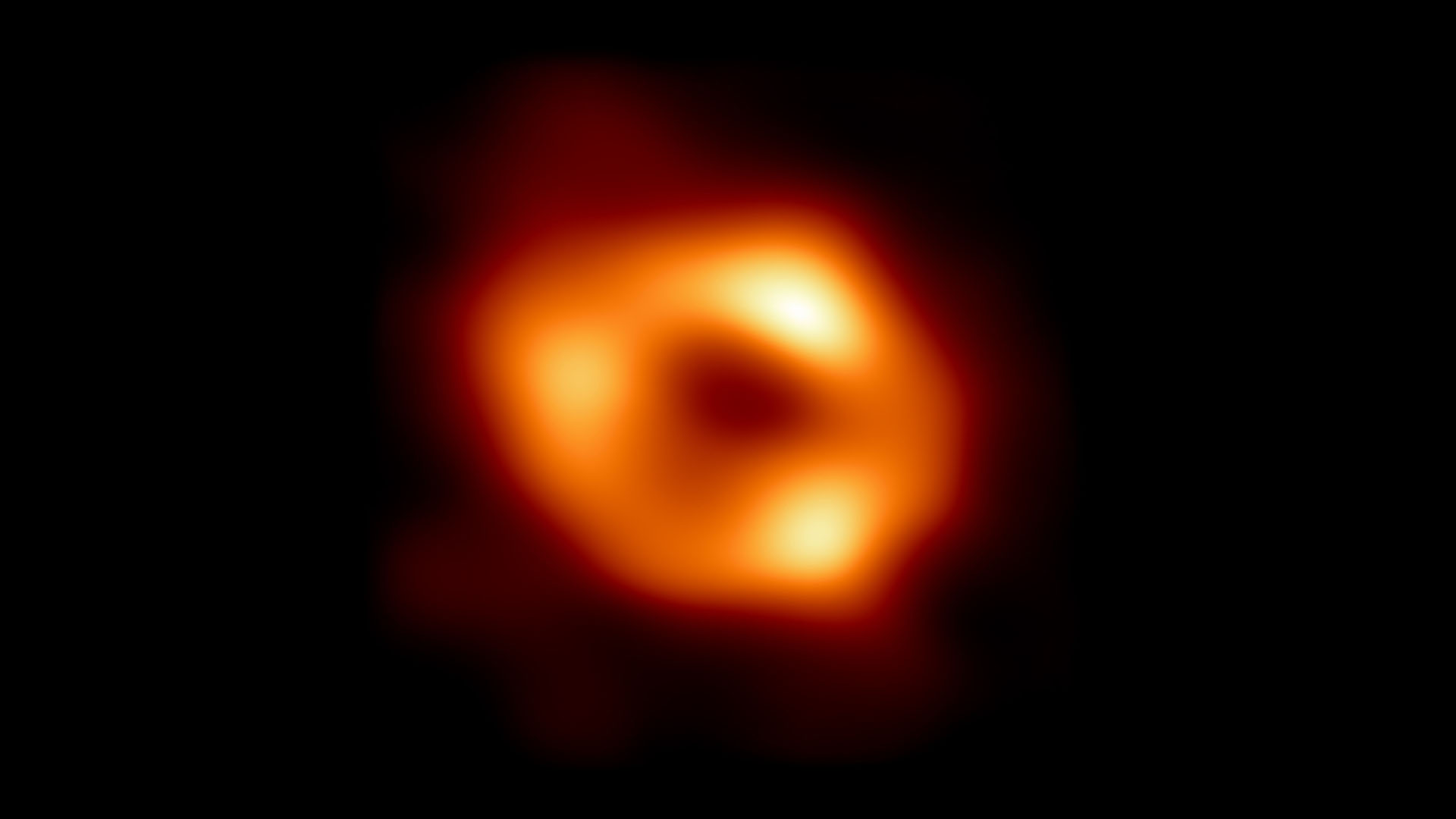Energies, Vol. 16, Pages 3217: Hydrothermal Carbonization of Corn Stover: Structural Evolution of Hydro-Char and Degradation Kinetics
Energies doi: 10.3390/en16073217
Authors: Tiago Teribele Maria Elizabeth Gemaque Costa Conceição de Maria Sales da Silva Lia Martins Pereira Lucas Pinto Bernar Douglas Alberto Rocha de Castro Fernanda Paula da Costa Assunção Marcelo Costa Santos Isaque Wilkson de Sousa Brandão Clícia Joana Neves Fonseca Maja Shultze Thomas Hofmann Sammy Jonatan Bremer Nélio Teixeira Machado
Hydrothermal processing of biomass may be able to overcome a series of problems associated with the thermochemical conversion of lignocellulosic material into energy and fuels. Investigating the process parameters and an adequate process description is one of the first steps to being able to design and optimize a certain treatment concept. In the present article, we studied process evolution with respect to reaction time in order to evaluate structure changes and kinetics of corn stover decomposition in a hydrothermal reactor. The effect of the biomass-to-H2O ratio was also investigated. A pilot-scale reactor of 18.75 L was used to conduct hydrothermal processing runs at 250 °C at different reaction times (60, 120 and 240 min) and biomass-to-H2O ratios (1:10, 1:15 and 1:20). Solid phase products were characterized by thermogravimetry (TG), scanning electron microscopy (SEM), elemental composition (EDX), crystalline phases by X-ray diffraction (XRD) and surface area (BET). For the experiments with a constant reaction time, the yields of hydro-char, aqueous and gaseous phases varied between 31.08 and 35.82% (wt.), 54.59 and 60.83% (wt.) and 8.08 and 9.58% (wt.), respectively. The yields of hydro-char and gases tend to increase with higher biomass-to-H2O ratios, while aqueous phase yields are lower when using lower ratios. As expected, the yields of liquid and gases are higher when using higher reaction times, but there is a reduction in hydro-char yields. TG showed that 60 min was not enough to completely degrade the corn stover, while 120 and 240 min presented similar results, indicating an optimized time of reaction between 120 and 240 min. SEM images, elemental composition and XRD of hydro-char showed that higher biomass-to-H2O ratios increase the carbonization of corn stover. The surface area analysis of hydro-char obtained at 250 °C, 2.0 °C/min, a biomass-to-H2O ratio of 1:10 and 240 min showed a surface area of 4.35 m2/g, a pore volume of 18.6 mm3/g and an average pore width of 17.08 μm. The kinetic of corn stover degradation or bio-char formation was correlated with a pseudo-first-order exponential model, exhibiting a root-mean-square error (r2) of 1.000, demonstrating that degradation kinetics of corn stover with hot-compressed H2O, expressed as hydro-char formation, is well described by an exponential decay kinetics.

 1 year ago
30
1 year ago
30

